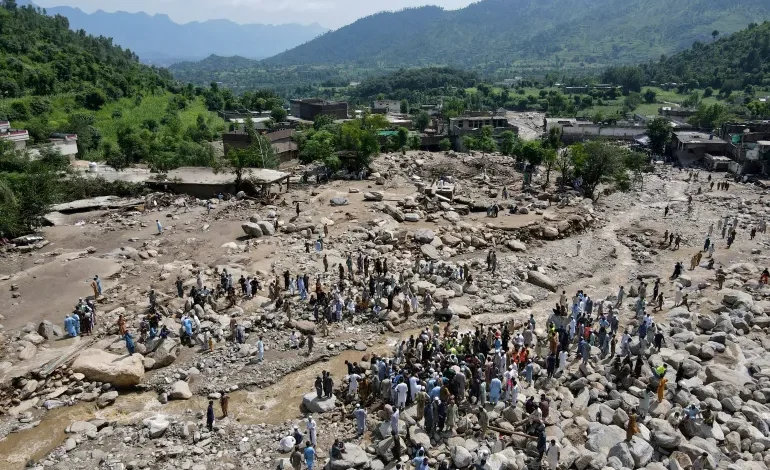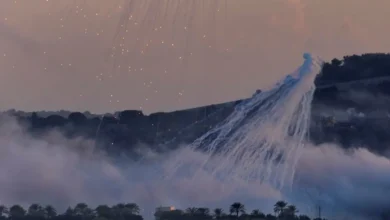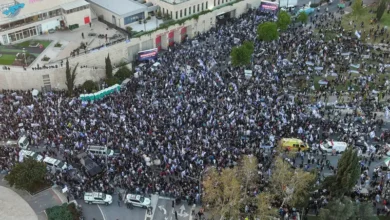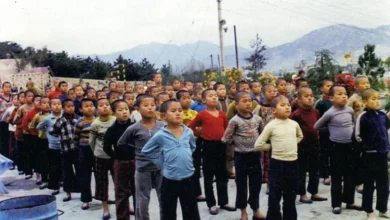Pakistan floods and cloudbursts visualised in maps and satellite images

More than 100 people remain missing in northern Pakistan after flash floods have killed at least 360 across the country and Pakistan-administered Kashmir since Friday.
Most of the victims have been in the mountainous Khyber Pakhtunkhwa province in the northwest, where entire villages have been swept away as swollen rivers, mudslides and collapsing homes left families buried beneath debris. Authorities have warned of more deluges and possible landslides and urged local administrations to remain on alert.Floods in Buner kill more than 200 people
In Buner, a district in Khyber Pakhtunkhwa about 100km (62 miles) northwest of the capital, Islamabad, at least 207 people have been killed over two days as floods and landslides swept through villages and destroyed homes.What is a cloudburst?
Officials said Buner was hit by a cloudburst, a rare phenomenon in which more than 100mm (4 inches) of rain falls within an hour in a small area. In Buner, there was more than 150mm (6 inches) of rain within an hour on Friday morning.
Pakistan’s destructive monsoon season
In Pakistan, the monsoon season typically runs from July to September with peak rainfall usually occurring in August.
Since late June, torrential monsoon rains have battered Pakistan, triggering landslides and flash floods that have killed more than 650 people and injured nearly 1,000, according to officials.
Lieutenant General Inam Haider Malik, the chairman of the National Disaster Management Authority, said at a news conference in Islamabad that Pakistan was experiencing shifting weather patterns because of climate change.
“The intensity of this year’s monsoon is around 50 to 60 percent more than last year,” Haider said.
The worst-hit province is Khyber Pakhtunkhwa, where 425 deaths have been recorded, followed by 164 in Punjab.
Early warning system
Angry residents in Buner accused officials of failing to warn them to evacuate. There was no warning broadcast from mosque loudspeakers, a traditional method in remote areas.
The government said that while an early warning system was in place, the sudden downpour in Buner was so intense that the deluge struck before residents could be alerted.










